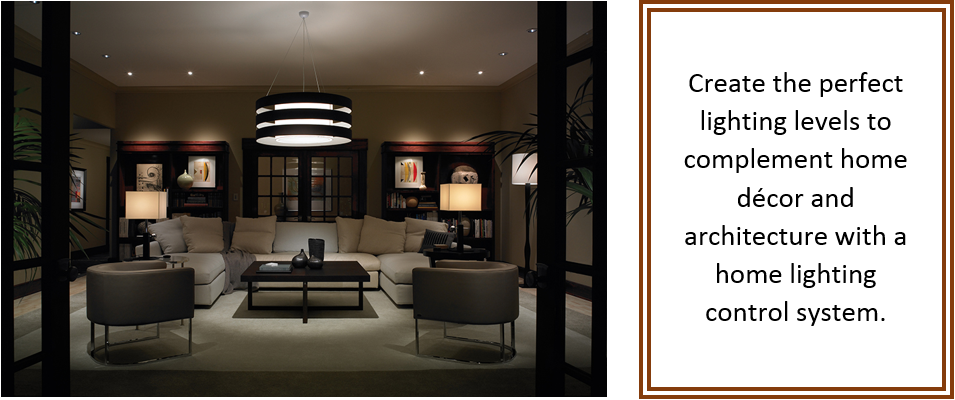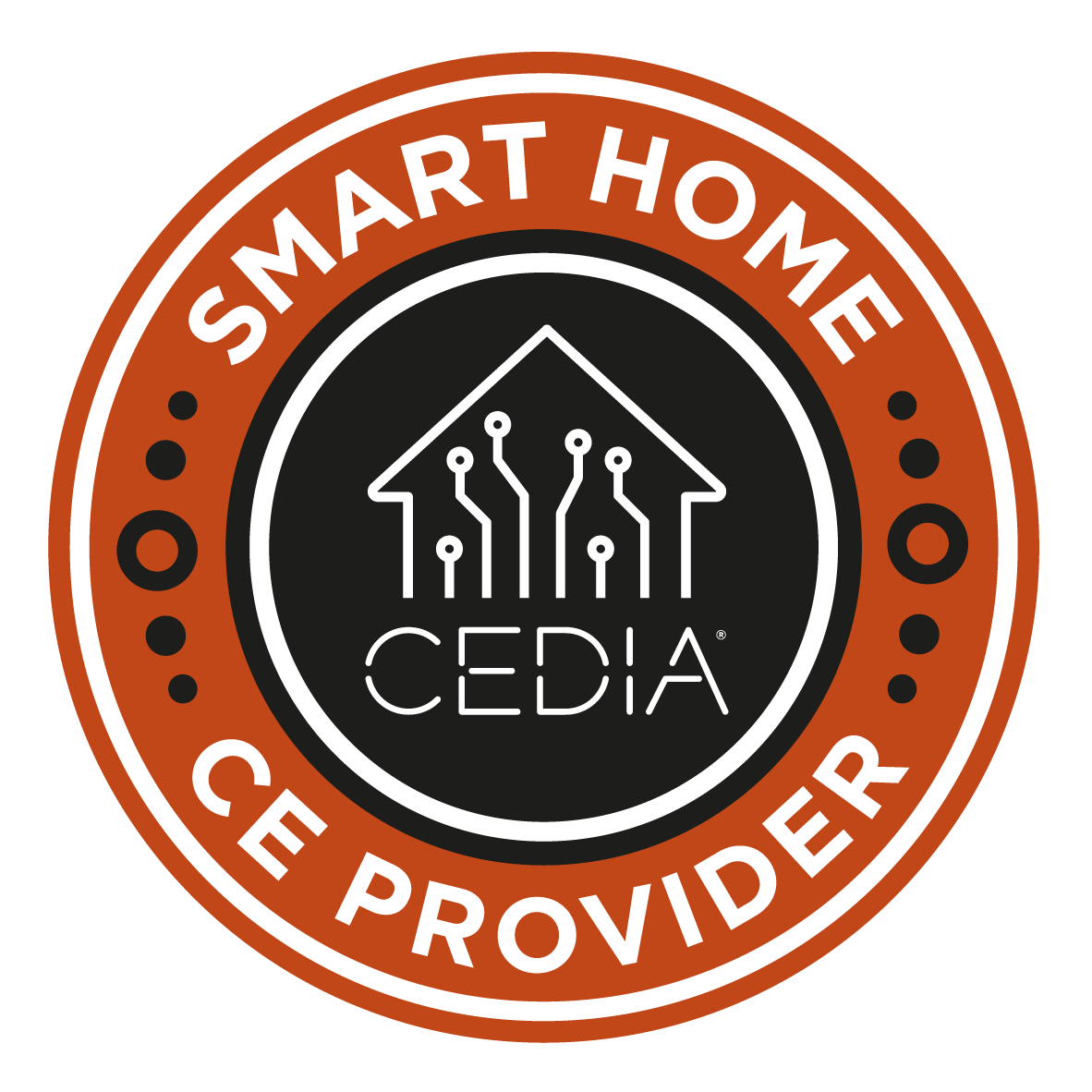Pacific Audio & Communications Creates Energy Efficient Systems in Maui, HI
Hawaii depends heavily on the use of petroleum for its energy needs, more than any other state in the country. While less than one percent of the United States’ electricity is generated using oil, by contrast, Hawaii relies on oil for 69.4 percent of its electricity production. Therefore, the state’s electricity prices are more than double the U.S. national average. What does this mean for luxury Maui, Hawaii hotels? Building automation systems allow hoteliers to effectively and efficiently manage energy consumption throughout their properties. Read on to learn about how to get started.SEE ALSO: How to Distribute Quality Audio and Video in Your Business
Develop an Energy Management Plan
Knowing there is a better way to manage the use of energy within your hotel is a valuable realization but will do nothing to impact your bottom line unless there is an action that follows. The first step is to study how electricity is used throughout the property, where is energy being wasted or conserved. Such an evaluation will yield ways to save and therefore reduce consumption. Are spaces such as ballrooms and conference areas fully illuminated even when not in use? Can the temperature automatically be monitored and adjusted so that you need not rely on staff? The experts at Pacific Audio & Communications can make recommendations about a variety of building automation solutions that can further hotel management staff reaching their energy goals. Consider harvesting daylight by using motorized shades that respond intuitively based on the amount of available sunlight. Lights and shades can be paired to help keep large spaces from overheating resulting in an HVAC system that performs more efficiently.Form a Team
As you develop an energy management program, you’ll want to be sure to include key employees as well as training focused on electricity-saving steps they can employ. The number of members and the team make-up will depend on the size of the organization and the amount of time and resources that can be committed to the project. Team members may also include local utility representatives or outside consultants familiar with the hotel industry.Evaluate a Hotel’s Lighting System
A typical hotel is made up of many subsystems from water and ventilation to security and AC. A hotel’s lighting is often a good starting point since you’ll have data related to usage. Proper lighting within a hotel property requires some of the most sophisticated design. Each space within the hotel, think guest rooms, lobbies and restaurants, all need different types of lighting to create the right atmosphere. If the light is not used correctly, you’ll not only fail to set the mood, but you’ll also drive up costs related to electricity. At PAC, we partner with the best lighting designers to help you evaluate the way in which you currently use light throughout your property and the means by which you can control it. Light switches and dimming knobs are an antiquated way to adjust lighting levels. A commercial lighting control system allows you the flexibility to easily adjust lights using a keypad, hand-held remote or smart device. Hotel staff can easily recall specific lighting scenes to set the mood in various spaces throughout the property. Dimmers, sensors and timers all aid in the reduction of energy consumption.PAC building automation systems have many additional capabilities to assist hoteliers with energy management. We’ve only just scratched the surfaces when it comes to upgrading the various systems in your hotel and would welcome the opportunity to talk to you in more detail about the possibilities.









